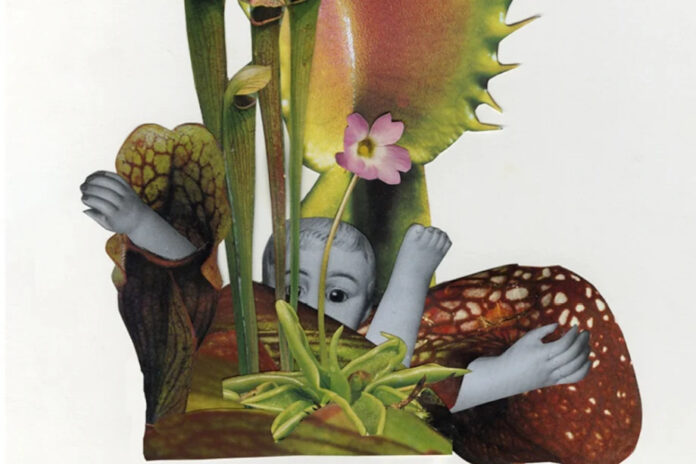“Whatever you create, there’s always someone who’s going to try to shove it up your ass,” writes J. D. Kurtness in The Uncanny Valley, his third novel in which his fascinating inclination to imagine the worst.
But beyond her ability to build universes that resemble our times a little too much for us not to feel concerned, it is the writer’s humor which this time has the most impact. The lorgnette of dystopia is never anything other than a magnifying glass, allowing it to exacerbate what is most disturbing, beautiful or zany about the human beast, behaviors that it passes through a sieve of irony. both implacable and tender.
The Uncanny Valley: This is the name of a theory according to which the more a humanoid robot resembles a real human being, the more chilling its flaws are. It was almost by accident that Brigitte, initially a visual artist, gave birth to “purring furries” and “cuddles”, pet robots reminiscent of animals or babies. An invention which will quickly be diverted from its primary usefulness, for unedifying purposes.
By intertwining his story with that of Sim, one of these robots, left to his own devices, J. D. Kurtness pushes several of the fears fueled by the advent of tools like ChatGPT to their ugliest logic. It also confronts humans with their own arrogance: how can they claim to have a monopoly on the heart and soul, when they have so often proven to what extent they are sorely lacking?















